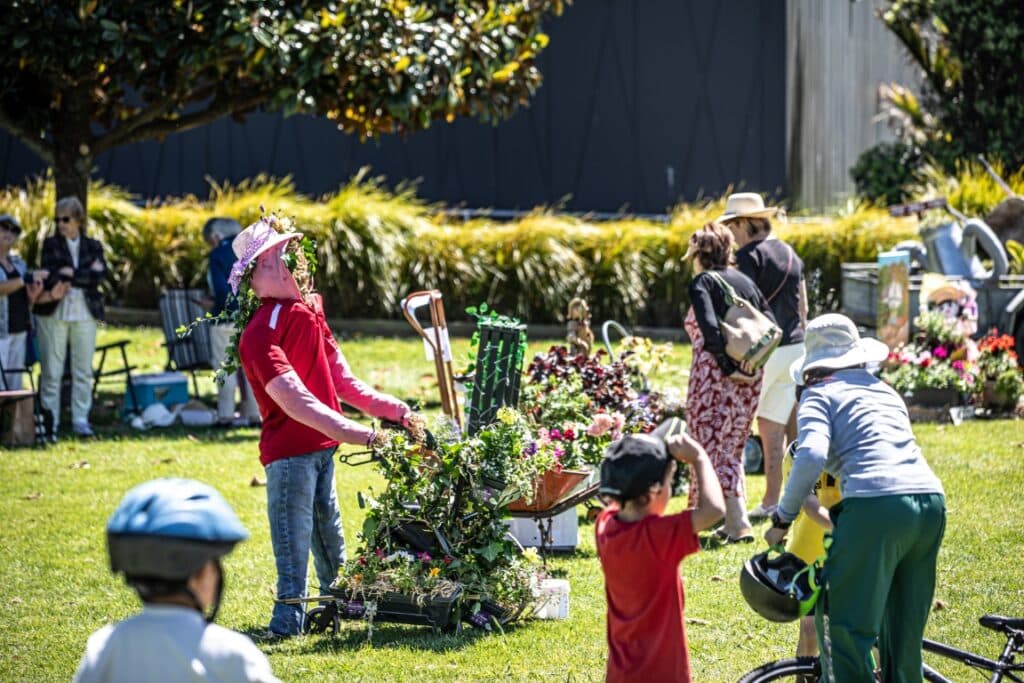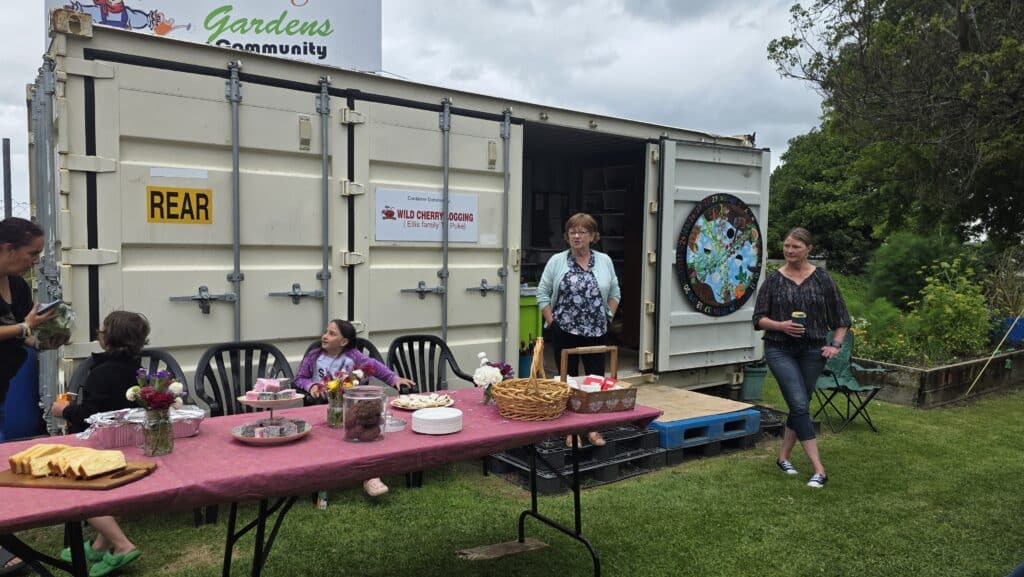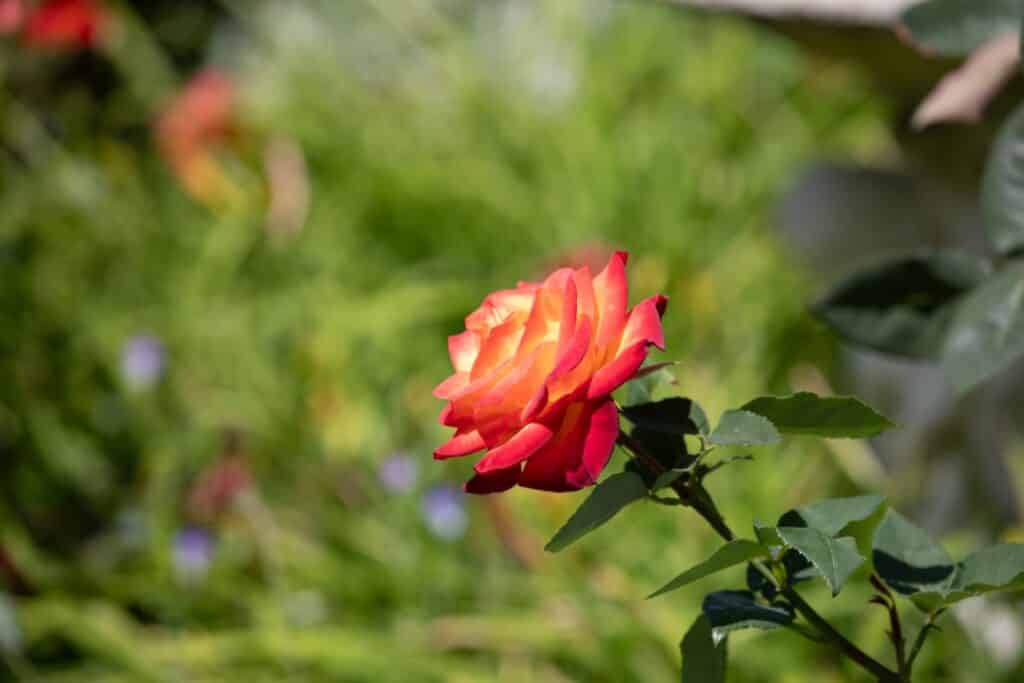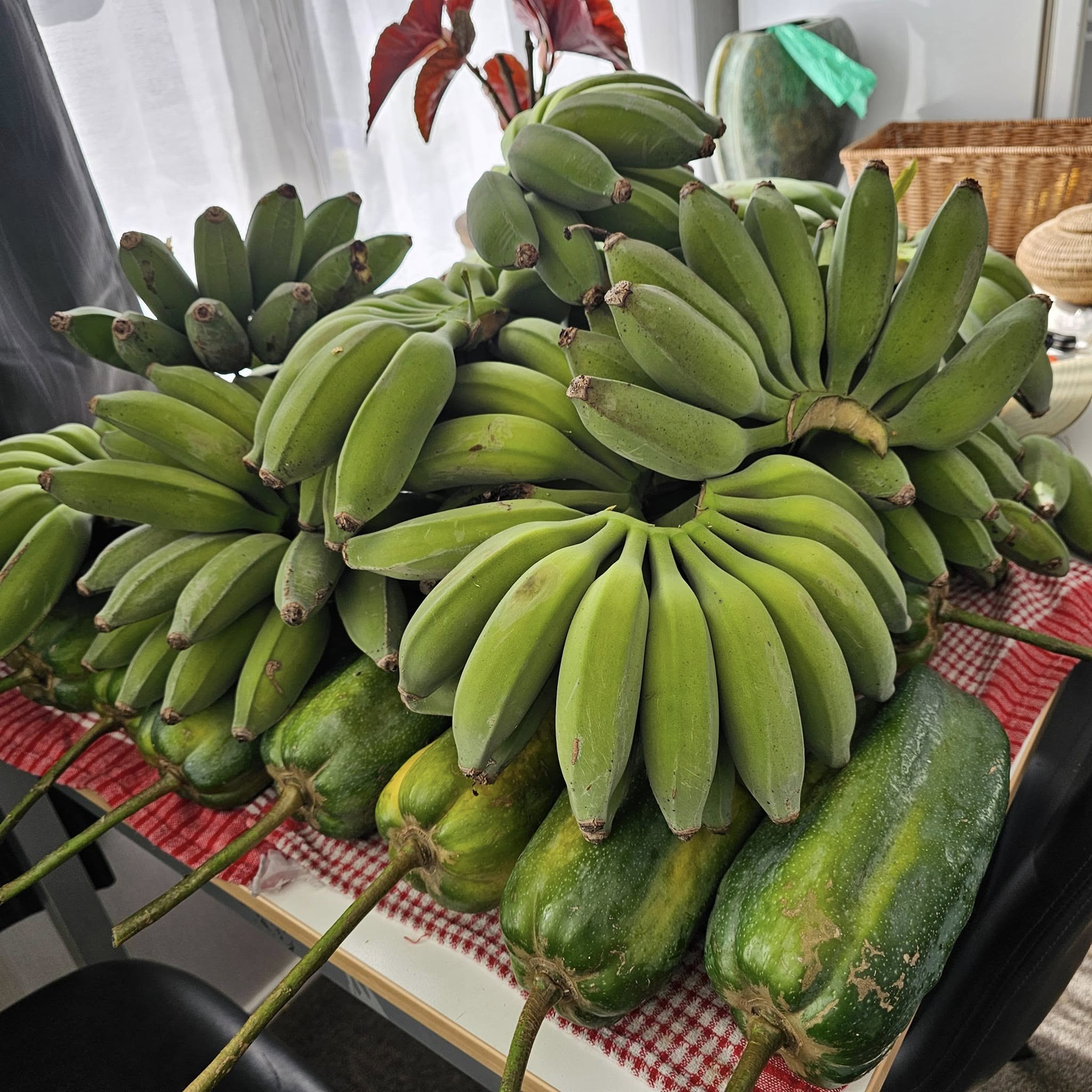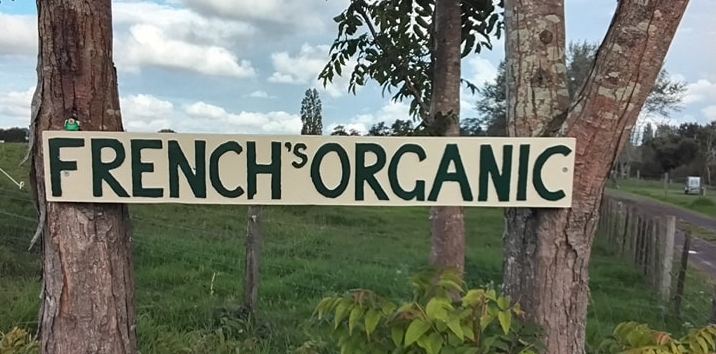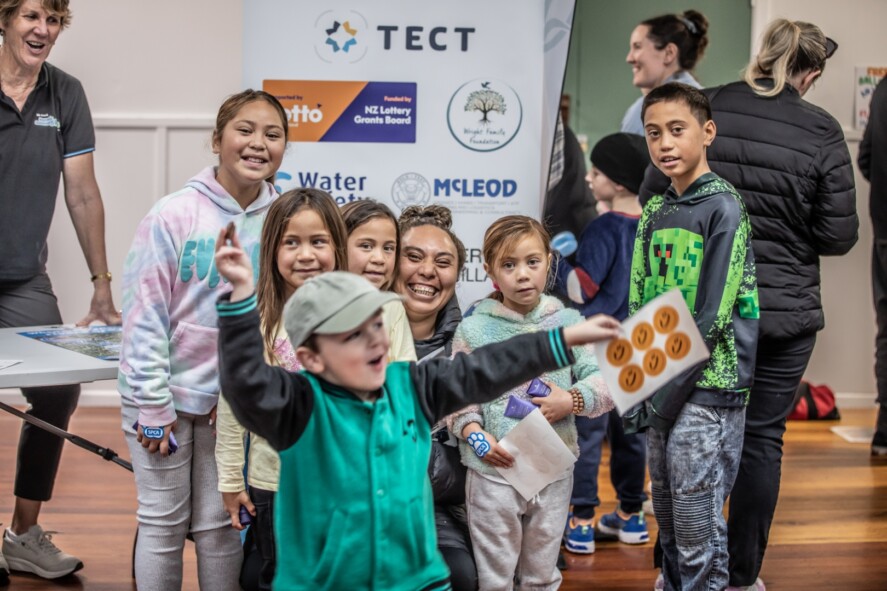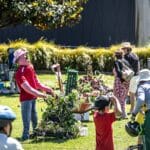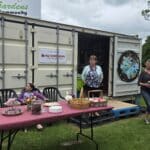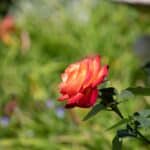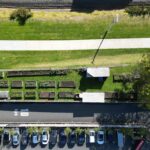Now Reading: When Passion Meets Paradise: A Green and Wild Visit to Troppo
-
01
When Passion Meets Paradise: A Green and Wild Visit to Troppo
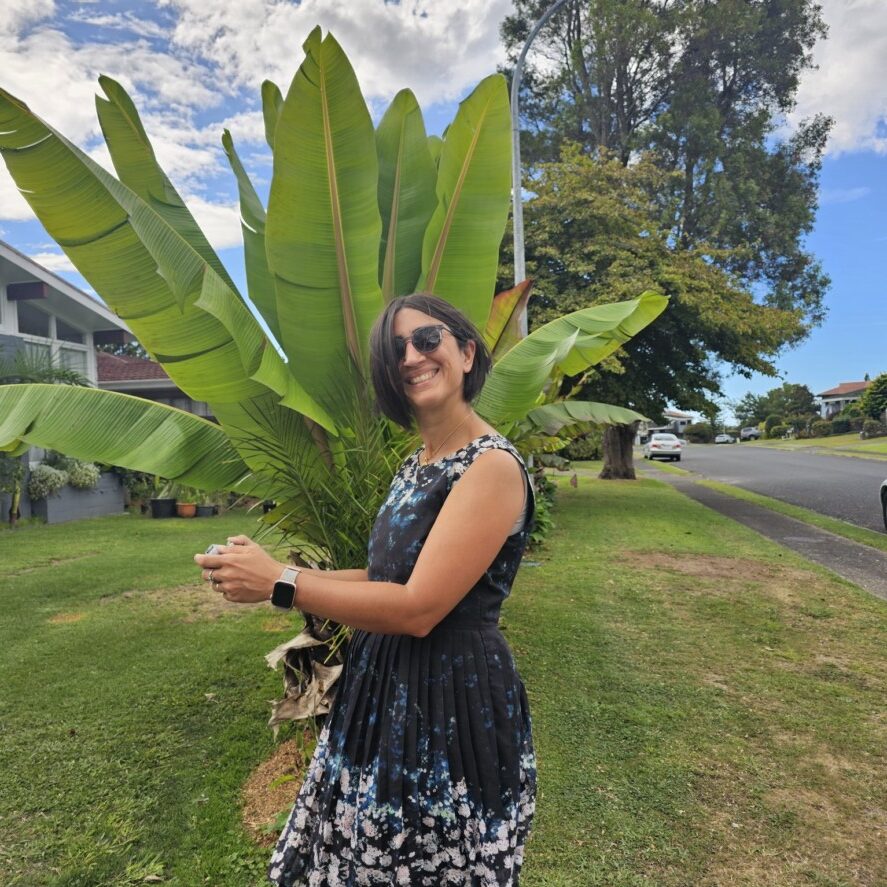
When Passion Meets Paradise: A Green and Wild Visit to Troppo
It’s not every day that your passion project catches the eye of someone who shares your vision for a greener, more sustainable world. That’s exactly what happened when Bahareh from Green and Wild visited our Troppo urban tropical food forest and nursery. Her visit was more than a casual tour—it was a meeting of minds passionate about transforming urban spaces into lush, productive landscapes.
Through her lens, gardens become more than just collections of plants; they become stories of connection between humans and nature. Having Troppo become part of that narrative is an honor and an affirmation of our work in creating a living example of sustainable, community-focused growing. You can see her beautiful garden tours and content on the Green and Wild website.
Troppo: A Hub for Food Security and Tropical Diversity
Troppo stands as a testament to what’s possible when permaculture principles meet innovative growing techniques. As an initiative of Vector Group Charitable Trust, under their kai resilience and food security programs, Troppo demonstrates how urban spaces can be transformed into abundant, productive landscapes that support biodiversity while providing fresh, nutrient-rich food for the community. You can learn more about our project and its mission on the official Troppo website.
What makes Troppo particularly special is our focus on tropical and rare plants that many wouldn’t expect to thrive in New Zealand. Our forest is home to a variety of exotic fruits, including bananas, papayas, cherimoyas, guavas, and even cacao. These plants showcase the potential of subtropical and tropical cultivation in New Zealand’s unique microclimates, challenging conventional thinking about what can be grown locally.
The Growing Movement of Kai Resilience in the Bay of Plenty
The concept of kai resilience has taken root deeply in the Bay of Plenty, with initiatives like Troppo forming part of a broader vision for food security and sustainability. This movement is at the heart of the Mana Kai Mana Ora initiative, led by the Poutiri Charitable Trust, which seeks to ensure Western Bay of Plenty communities have access to fresh, nutritious, and culturally appropriate food. You can find out more about their ambitious plan on the Mana Kai Mana Ora website.
Food forests like Troppo represent a practical implementation of these regional plans. These living ecosystems show how communities can reduce dependence on imported produce, reconnect with the land, and build resilience against supply chain disruptions. This vision is supported by the Bay of Plenty Kai Resilience Network, which connects growers and advocates throughout the region.
A Meaningful Exchange
Bahareh’s visit was a meaningful exchange between kindred spirits who are passionate about the transformative power of gardens and sustainable food systems. Through her camera, she captured the unique spirit of our food forest, and we shared stories and knowledge about the future of food resilience in our communities.
We’re immensely grateful to Bahareh for shining a light on our corner of paradise and helping to spread the message of food security and ecological diversity. The journey toward a more resilient, abundant, and connected community is one best traveled together, and we look forward to more collaborations that inspire others to get growing.



